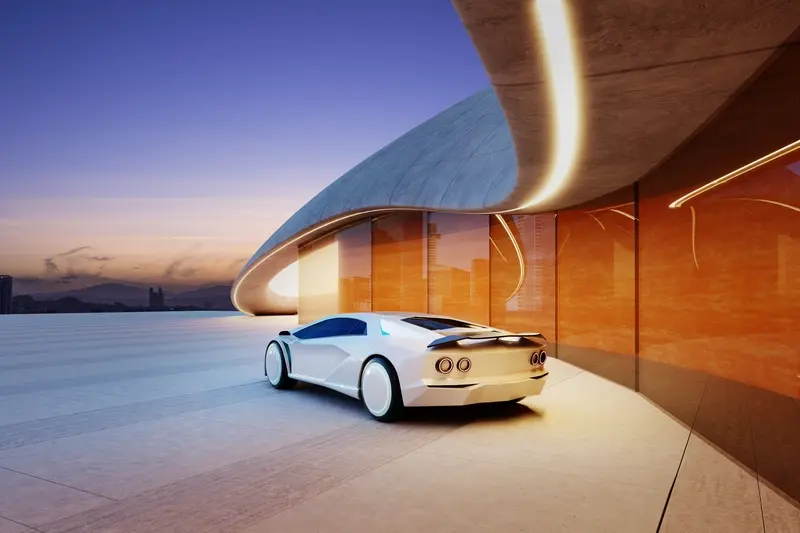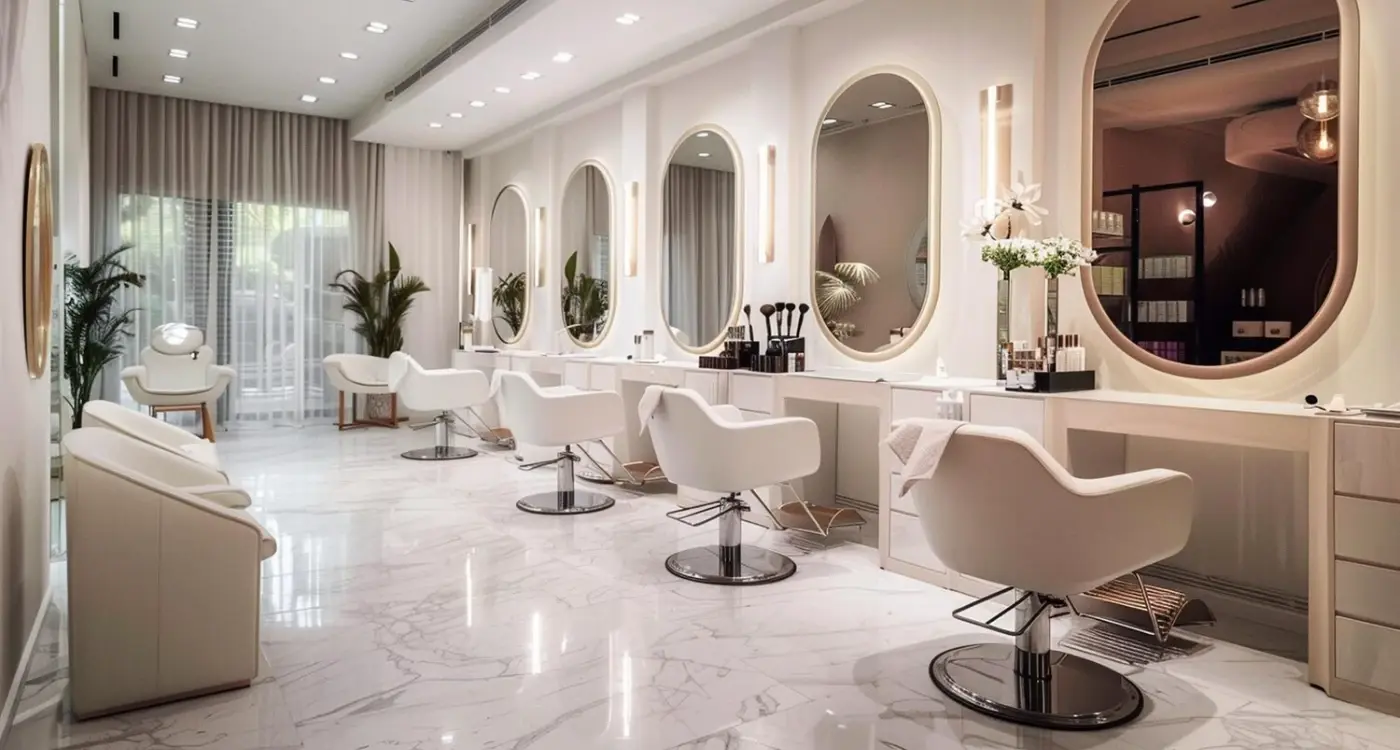How Do I Personalise The App Experience For VIP Customers?
Did you know that VIP customers generate up to 80% more revenue than regular users? That's the power of premium customisation—when you treat your most valuable customers with individual attention, they respond with their wallets. The problem is, most app developers treat VIP users exactly like everyone else. They get the same experience, the same features, the same treatment. What a missed opportunity!
After years of building apps for companies big and small, I've learned that personalising the experience for premium customers isn't just nice to have—it's become a business necessity. Your VIP users have different needs, different expectations, and frankly, different budgets. They want to feel special, they want exclusive access, and they're willing to pay for it.
The difference between a good app and a great app is how well it makes each user feel like the only user that matters
This guide will show you exactly how to create those VIP features that keep your premium customers coming back. We'll explore everything from understanding what your VIP users actually want, to building the technical infrastructure that makes premium customisation possible. By the end, you'll have a clear roadmap for transforming your app into something that truly rewards your most valuable customers.
Understanding Your VIP Customers
After years of building apps for all sorts of businesses, I've learned that VIP customers aren't just the ones who spend the most money—though that's certainly part of it. Your VIP users are the ones who bring the most value to your business, whether that's through purchases, referrals, or simply being your biggest advocates. These are the people who deserve special treatment in your app.
The first step is identifying who these users actually are. You'll want to look at spending patterns, engagement levels, and how long they've been with you. Some VIP customers might be big spenders who make large purchases occasionally; others might be smaller but more frequent buyers who've been loyal for years. Both types deserve recognition.
Common VIP Customer Characteristics
- High lifetime value or frequent purchases
- Long-term loyalty and consistent app usage
- Active engagement with your brand on social media
- Referral activity that brings in new customers
- Participation in feedback and reviews
Once you know who your VIP customers are, you can start thinking about what makes them tick. What do they value most? Is it exclusive access, personalised service, or early access to new features? Understanding their motivations will help you design the right premium experience for them.
Creating Premium User Profiles
Right, let's talk about what makes a premium user profile actually premium. I've seen too many apps that think adding a gold badge next to someone's name counts as premium customisation—it doesn't! Your VIP customers need profiles that reflect their status and give them the individual attention they deserve.
The foundation of any premium profile system starts with data collection. You need to capture information beyond the basics: purchase history, engagement patterns, preferences, and behavioural triggers. This isn't about being intrusive; it's about understanding what makes each VIP tick so you can serve them better.
Essential Premium Profile Elements
Your premium profiles should include these key components:
- Personalised dashboard with relevant metrics and shortcuts
- Custom avatar options and profile themes
- Priority support access and dedicated contact channels
- Purchase history with detailed analytics
- Preference settings that actually change the experience
- Achievement tracking and milestone recognition
Store preference data locally on the device where possible—your VIP users don't want to wait for their personalised experience to load from a server every time they open the app.
Making Profiles Feel Exclusive
The magic happens when you make these profiles feel genuinely special. Custom colour schemes, exclusive content recommendations, and personalised messaging all contribute to that VIP feeling. Remember, these users are paying for individual attention, so generic experiences won't cut it.
Designing Exclusive Interface Elements
Creating interface elements that feel special for VIP customers isn't just about slapping a gold badge on everything—though I'll admit that's tempting! The key is making these users feel recognised without making the experience feel gaudy or over-the-top. I've worked on plenty of apps where the first instinct was to make everything shiny and premium-looking, but that often backfires.
Think about subtle visual cues that communicate exclusivity. A different colour scheme, unique icons, or even custom animations can work wonders. One client wanted their VIP users to have a completely different app experience, so we created a dark theme with gold accents that only appeared for premium members. The regular users never even knew it existed, which made it feel genuinely exclusive.
Key Elements to Consider
- Custom colour palettes that reflect premium status
- Unique navigation patterns or shortcuts
- Exclusive badges or status indicators
- Priority placement of content and features
- Custom typography or font weights
The trick is balance—you want VIP users to feel special without alienating your regular customers. I've seen apps go too far with this and create resentment among non-premium users. Remember, today's regular user might be tomorrow's VIP, so keep the exclusive elements appealing but not condescending to others.
Building Advanced Personalisation Features
Right, let's talk about the tech side of premium customisation—this is where things get really exciting. After years of building VIP features for different clients, I've learned that the magic happens when you can make your app feel like it was built just for one person. But here's the thing: you need solid data foundations before you can create those wow moments.
Start with smart user behaviour tracking. Every tap, swipe, and scroll tells a story about what your VIP customers actually want—not what they say they want. I always build in systems that learn from purchase history, content preferences, and even the time of day they're most active. Machine learning algorithms can then predict what each user might need next.
Dynamic Content Adaptation
The real power comes from dynamic interfaces that change based on individual attention patterns. Think Netflix recommendations, but for your app's entire experience. Your VIP users should see different layouts, content priorities, and even colour schemes based on their preferences.
The best personalisation is invisible—users should feel like the app just gets them without having to think about why
Build in A/B testing capabilities so you can continuously refine these VIP features. What works for one premium user might not work for another, and that's perfectly fine—that's the whole point of individual attention.
VIP-Only Content and Services
Right, let's talk about what makes VIP customers feel special—the actual stuff they get that regular users don't. This isn't just about slapping a "premium" label on existing features; it's about creating genuinely valuable content and services that your top customers can't get anywhere else.
Premium Content Strategy
Your VIP content needs to solve bigger problems or provide deeper value than your standard offering. Think early access to new features, exclusive tutorials, or premium support channels. I've seen apps offer everything from personalised video messages to one-on-one consultations with experts. The key is making sure whatever you're offering actually matters to your VIP segment.
Service Level Differentiation
VIP services should feel noticeably different from day one. Here's what works best:
- Priority customer support with faster response times
- Dedicated account managers or personal assistants
- Custom content creation based on individual preferences
- Beta access to new features before public release
- Higher usage limits or unlimited access to premium tools
The trick is creating a service ecosystem that feels cohesive rather than just a random collection of perks. Your VIP customers should feel like they're part of an exclusive club, not just people who paid more money for the same thing with a bow on top.
Technical Implementation for Premium Customisation
Right, let's get our hands dirty with the technical side of things. After years of building apps with premium customisation features, I can tell you that the backend architecture is where the magic really happens—and where most teams get it wrong! You can't just bolt on VIP features as an afterthought; they need to be baked into your system from the ground up.
The foundation starts with your user management system. You'll need robust user segmentation that can handle multiple tiers of premium access, not just a simple "VIP or not VIP" flag. Your database should store preference profiles, customisation settings, and individual attention logs for each premium user. I've seen too many apps crash under the weight of complex personalisation because they didn't plan for scalability.
Core Technical Components
Your premium customisation system needs several key components working together seamlessly:
- Dynamic content delivery system that serves personalised interfaces
- Real-time preference tracking and storage
- Secure API endpoints for VIP-only features
- Advanced caching mechanisms for faster load times
- User behaviour analytics integration
- Push notification system with premium targeting
Build your premium features with feature flags so you can toggle them on and off without app updates. This gives you incredible flexibility when testing new VIP features or handling technical issues.
Performance Considerations
Premium users expect lightning-fast performance—they're paying for it after all! Your individual attention features shouldn't slow down the app experience. Consider implementing progressive loading for customisation elements and always cache user preferences locally. Remember, VIP customers are often your most vocal critics, so technical hiccups will be noticed immediately.
Measuring Success with VIP Users
After putting all this effort into creating a premium experience for your VIP customers, you'll want to know if it's actually working. The metrics you track for VIP users should be different from your regular user base—and honestly, they should be more demanding too.
Start by looking at engagement rates. VIP users should be spending more time in your app, visiting more frequently, and interacting with exclusive features. If they're not, something's off. I always tell clients that VIP users who don't behave differently from regular users are probably not feeling very VIP at all.
Key VIP Metrics to Track
- Session duration and frequency compared to standard users
- Feature adoption rates for premium tools and content
- Customer satisfaction scores through in-app surveys
- Revenue per user and lifetime value increases
- Support ticket volume and resolution satisfaction
- Retention rates at 30, 60, and 90-day intervals
Understanding What the Numbers Mean
The tricky part isn't collecting the data—it's interpreting it correctly. A VIP user who contacts support frequently might seem problematic, but they could actually be your most engaged customer who's exploring every feature. Context matters more than raw numbers when you're dealing with your most valuable users.
Set up regular review cycles to assess these metrics and don't be afraid to adjust your VIP strategy based on what you discover. Your premium users will appreciate the attention to detail.
Conclusion
After working with countless brands over the years, I can tell you that premium customisation isn't just a nice-to-have feature—it's what separates successful apps from the ones that get deleted after a week. The VIP customers you've worked so hard to attract will stick around when they feel genuinely valued, not just marketed to.
Building VIP features takes time and resources, but the payoff is worth it. These customers spend more, complain less, and become your biggest advocates. They'll tell their friends about your app because you've given them something special that they can't get anywhere else. That's the power of individual attention at scale.
The technical bits might seem daunting at first—setting up user profiles, creating exclusive interface elements, and measuring success metrics. But start small. Pick one premium feature and build it properly rather than trying to do everything at once. Your VIP users will notice the difference between something that's been thrown together and something that's been crafted with care.
Remember, personalisation isn't about showing off fancy technology; it's about making each user feel like the app was built just for them. When you get that balance right, you'll have customers for life.
Share this
Subscribe To Our Learning Centre
You May Also Like
These Related Guides

How Do I Create A VIP Experience In My Luxury App?

How Do I Handle Customer Service In A Luxury Brand App?



